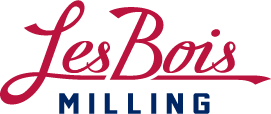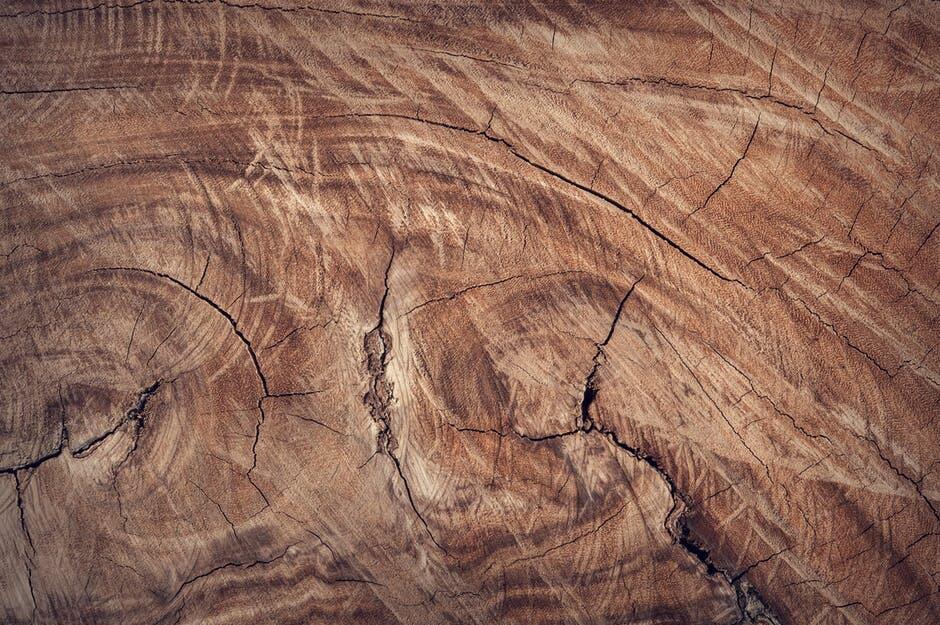
Chestnuts were once a common tree that was easily found throughout the United States. According to the Penn State College of Agricultural Sciences, there are around five different chestnut species you can find in the eastern part of the country. Several other subspecies and species are found worldwide.
The American Chestnut tree was formerly a native tree that was frequently found from southern Maine to Michigan. It was previously considered the queen of the American forest. It’s also a popular choice for making furniture, installing in homes, and other unique wood projects.
This blog will discuss why working with American Chestnut is a great and timeless choice for your projects. We’ll also talk about how the chestnut blight has affected people’s access to chestnut lumber. You’ll learn about some of the best ways you can purchase this popular wood choice.
Understanding the History of the American Chestnut Tree
As mentioned before, the American Chestnut tree used to dominate parts of forests in the eastern United States. According to The American Chestnut Foundation, there used to be around four billion of these types of trees in the country. This type of tree used to be one of the fastest-growing and tallest trees in the forests.
The original inhabitants of the Appalachian Mountains coexisted with the American Chestnut for thousands of years. They relied on the nuts provided by the tree as a food source. Some of the benefits of consuming chestnuts include:
- High levels of vitamin C and antioxidants
- Calorie dense
The American Chestnut wasn’t just beneficial for humans but for the local wildlife as well. Detritorive insects broke down the leaves from the trees, enriching the forest floor with various nutrients.
Birds and fish would also eat insects that fed on chestnut leaves. Larger animals would feed directly on the trunk of the tree, such as:
- Bears
- Turkeys
- Deer
- Squirrels
Benefits of the American Chestnut Tree for Earlier Settlers
European settlers who arrived in the United States quickly learned that the American Chestnut wasn’t only good for eating. Other benefits of the wood included:
- Rot-resistant
- Straight-grained
- Suitable for building materials, fencing, and furniture
- Soft and easy to split
Settlers used this type of wood for building log cabins. Telephone poles and railroad ties were also made from American Chestnut.
The Onset of the Chestnut Blight
The introduction of a deadly blight from Asia in the late 1800s wreaked havoc on trees in the United States.A deadly pathogen reduced the tree from a majestic tree that sustained lives to something that barely grew above the size of a shrub. There hasn’t been new American chestnut lumber sold in the United States for decades.
As a result, most of the chestnut lumber used in projects and in homes comes from old timber beams and reclaimed wood. That’s what makes this type of wood a prized possession of anyone who can find it. Not only is it desired for its rustic appeal but for its history as well.
Characteristics of American Chestnut Wood
Work has been done in recent years to restore the species. Organizations throughout the United States have been working to breed together blight-resistant trees. This allows homeowners to enjoy some of the amazing benefits and features of American Chestnut wood that the early settlers of the country enjoyed.
Appearance and Color
The heartwood of American Chestnut starts as a light to medium brown color. As it ages, it begins to darken to a reddish-brown. Narrow sapwood is light brown to pale white.
Texture and Grain
Some interesting American Chestnut Wood features are that the more damaged the wood is the more prized it becomes. For example, Wormy Chestnut has been damaged by insects. These bugs leave behind discoloration and holes in their wake.
This phenomenon results in a rustic appearance to the historic wood slabs, which is desired by many homeowners. The grain of this type of tree is also very natural in appearance. It has an uneven and coarse texture.
Stability and Durability
One of the great things about American Chestnut wood is that it’s easy to work with machines and hand tools. Keep in mind that the wood can split easily, so be careful when screwing and nailing the wood.
Even though many trees were wiped out due to the blight, the tree overall is very durable. It’s known to be very resistant to decay and is a good choice for the following types of things:
- Railroad ties
- Furniture
- Fence posts
- Outdoor structures
Maintenance and Care of American Chestnut Wood
One of our favorite things about American Chestnut wood is that the high levels of tannic acid make it naturally resistant to temperature and moisture changes.As a result, it doesn’t need as much maintenance as other types of wood. There are things you can do to improve the appearance of your wood slabs.
Rewaxing and Refinishing
Rewaxing American Chestnut wood can restore its luster and color. Applying beeswax with a linen cloth is an easy way to refresh your wood. You can also apply straw oil or shellac to give your wood a new shine while protecting it.
You may want to consider a wax-based or natural finish that’s designed for hardwood if your goal is to enhance the wood’s appearance. We recommend applying multiple thin coats instead of one thick layer. This allows for even coverage and better penetration.
Protect From UV Rays
Avoid putting your American Chestnut wood slabs in direct sunlight. Doing so can result in the color fading over time.
Find Sustainable Wood Slabs With Les Bois Milling
If you’re looking for a timeless wood investment, look no further than American Chestnut. While this type of wood is hard to find, you’ll feel like you’ve won the lottery when you’re able to locate some reclaimed American Chestnut. It’s important to work with a reliable supplier to fulfill your wood needs.
Les Bois Milling’s goal is to give a second life to kiln-dried live edge slabs. You’ll find a wide range of inventory wood slabs on our website, including American Chestnut. Explore our website and get in touch with us today to place an order.

